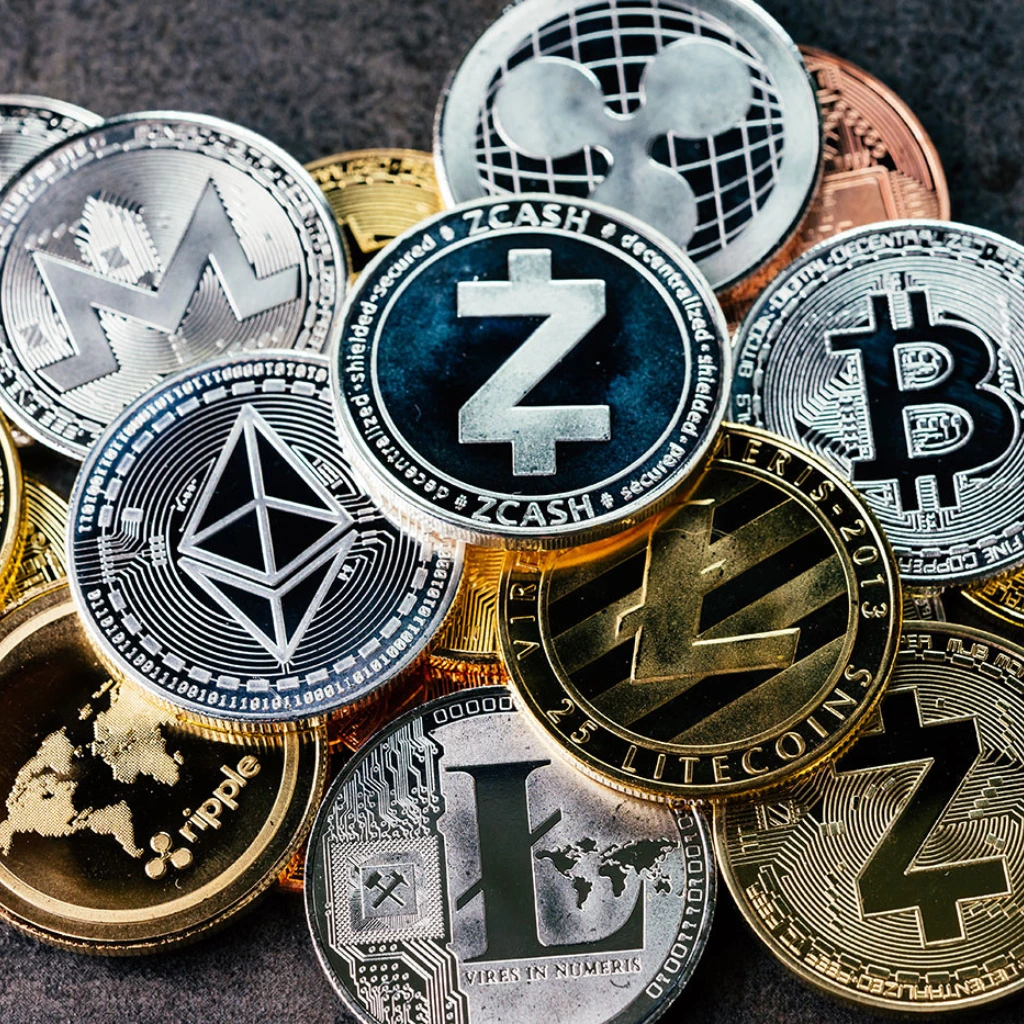Tokenizing Real Assets: A Technical Breakdown of How It Actually Works
Tokenizing real assets — once a niche blockchain idea — is gaining traction as a serious method for democratizing access to physical investments. But how does it actually work?
Let’s unpack the concept from a systems and technical perspective: from what “tokenization” means, to how it’s implemented, the legal models behind it, and current use cases.
What Is Tokenizing Real Assets?
At its core, tokenization is the process of creating a digital representation of a real-world asset on a blockchain. These digital units — or tokens — can represent:
- Fractional ownership (e.g., 1% of a commercial property)
- Full ownership of a uniquely identified item (e.g., a specific diamond or gold bar)
- Usage rights or yield rights, depending on the structure
The tokens are typically fungible (ERC-20 standard) for fractional ownership, or non-fungible (ERC-721/ERC-1155) for uniquely identifiable assets.
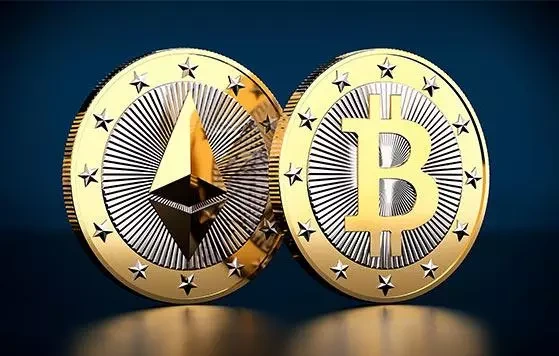

Key Components of Tokenizing Real Assets
Here’s a breakdown of the main building blocks:
- Smart Contracts
These define ownership logic, transfer rules, and interaction with the asset’s metadata. They often live on Ethereum or compatible chains (e.g., Polygon, Avalanche). - Custodianship Layer
Since the token is only representative, someone or something must hold the real asset in custody. This is often a third-party custodian or trustee bound by legal agreement. - Asset Registry
A legally binding off-chain document or registry maps the asset to the corresponding token. Without this legal wrapper, the token may have no enforceable ownership rights. - Compliance and KYC/AML Infrastructure
Because tokenized assets often qualify as securities, platforms must include identity verification, investor accreditation, and jurisdictional restrictions in the protocol layer. - Marketplace / Liquidity Layer
Some platforms offer secondary markets for trading asset-backed tokens. These may integrate automated compliance checks at the smart contract level.
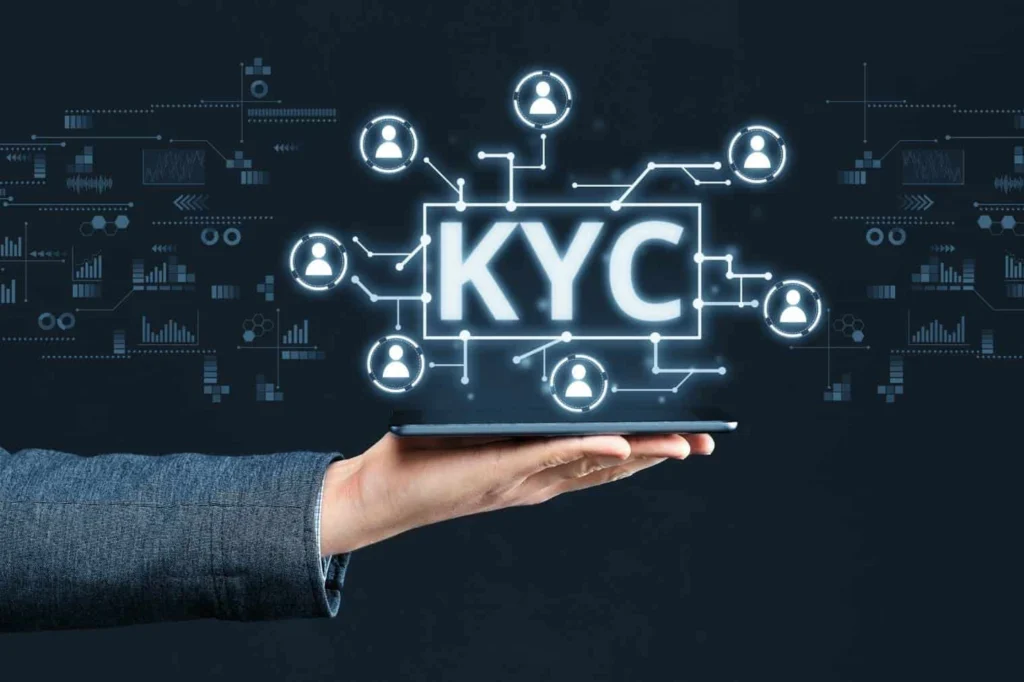
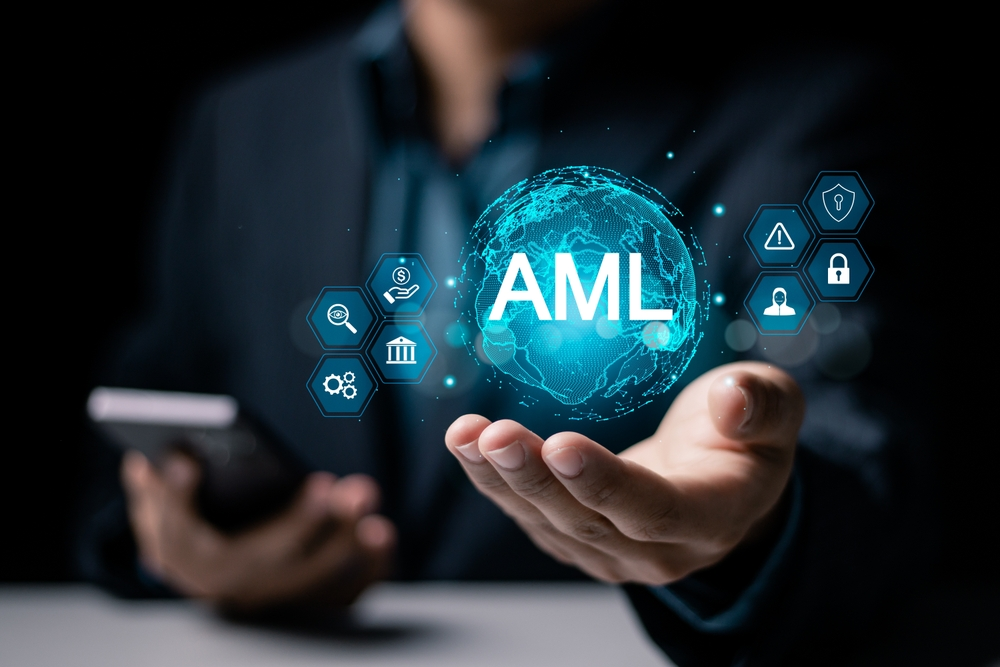
How the Tokenization Workflow Operates
- Asset Onboarding
- Real-world asset is appraised and verified.
- Legal structure is created (typically via an SPV or trust).
- Custodian or escrow service is assigned.
- Smart Contract Deployment
- Ownership or rights are codified via blockchain.
- Tokens are minted and linked to legal structure.
- Token Distribution
- Tokens are sold to investors via regulated platforms.
- Often sold as private placements or through Reg A/Reg D exemptions (U.S.).
- Lifecycle Management
- Smart contracts manage trading, lock-up periods, dividend distribution (if applicable), and asset redemption.
- Asset Exit or Redemption
- At maturity or liquidation, tokens are burned or redeemed.
- Investors receive proportional returns in fiat or stablecoin.
Legal Frameworks Behind Tokenizing Real Assets
Tokenization blurs the line between securities, commodities, and property law. As such, compliance varies by jurisdiction:
- U.S.: Tokenized assets often qualify as securities under the Howey Test, requiring SEC exemptions or licenses.
- EU: The MiCA regulation is evolving to address asset-referenced tokens.
- Middle East / Asia: Sandboxes and pilot frameworks (e.g., Dubai DIFC) allow for experimentation under regulator supervision.
A common structure is to wrap the asset in a Special Purpose Vehicle (SPV) that issues the token, simplifying legal enforceability.
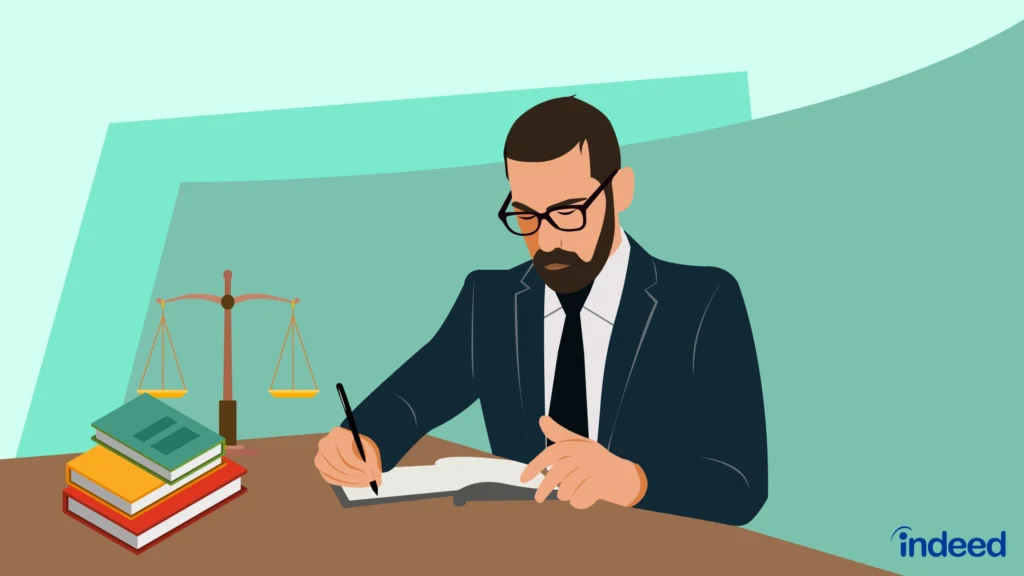

Use Cases and Examples
Tokenization is already being applied in several asset classes:
- Real Estate
- Tokenized buildings in New York, Dubai, Berlin (via platforms like RealT, Propchain, or Brickken)
- Tokens represent shares in a revenue-generating rental property
- Precious Metals
- Digitized gold vaults (e.g., Paxos Gold, Tether Gold)
- Tokens are redeemable for physical delivery under custodial terms
- Fine Art and Collectibles
- Platforms like Particle and Masterworks tokenize art for fractional ownership
- Custody agreements define display rights, sale triggers, and revenue sharing
- Agriculture and Natural Assets
- Carbon credit tokenization (e.g., Toucan)
- Tokenized wine and whiskey casks with maturity-based payouts


Challenges to Technical Adoption
While the tech exists, several obstacles persist:
- Interoperability: Not all tokenized assets are cross-platform compatible
- Custodial Risk: Trust in off-chain custody is still central
- Liquidity: Secondary markets are limited and fragmented
- Regulatory Uncertainty: Many projects operate in legal gray areas
Final Thought: Not Just Hype, But Still Evolving
Tokenizing real assets is not a gimmick — it’s a technical model for digitizing ownership, improving market efficiency, and unlocking capital. But it requires a blend of blockchain engineering, legal innovation, and financial infrastructure to scale.
As standards mature and compliance frameworks solidify, expect asset tokenization to become a cornerstone of how we interact with the physical economy in a digital world.
Relevant Link : Here

